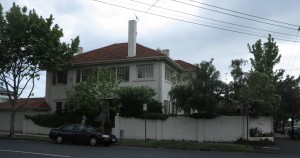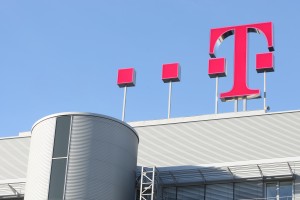Local Government to become an Internet provider option in Australia
Article
Watch out Optus and Telstra: local councils want to become NBN internet providers | The Age
My Comments
As the Australian National Broadband Network’s technology option changes towards something akin to BT Openreach in the UK which is based around a fibre-copper technology, another option for service provision is creeping in to the equation.
This is where some local councils are stepping in to become local retail Internet service providers with the NBN as a wholesale backbone. This kind of practice has been tried in Australia for some utilities normally sold by a larger government-owned or privately-owned entity that has a larger geographic remit. An example of this is the retail-level sale of electricity to the consumer by some local councils or entities ran by these local councils, one of which was the former City of Box Hill in Melbourne.
As far as Internet service is concerned, some local governments have provided free-access Wi-Fi hotzones in their towns’ central-business-districts in the USA. This was much to the ire of established incumbent telecommunications providers and cable-TV companies who see this “threatening their patch”. It also raised the ire of Republicans, especially those supporting the “Tea Party” agenda, along with various libertarian and pro-business think-tanks because this was appearing to be government having a strong hand in the provision of public Internet service.
Some people can easily see this as a “do-good” effort by local government to raise the digital-access standards in their neighbourhoods of remit such as by, for example, using council rates to cross-subsidise the prices charged to householders for the communications services. This could be targeted at households who are on limited means like pensioners or people looking for work, or could be targeted at community organisations and small businesses that the council is nurturing.
Similarly, the councils could use their power as retail ISPs to pay the NBN to equip neighbourhoods with fibre-to-the-premises or equip rural settlements or townships not considered large enough to equip with a fibre-copper service with one of these services. This would be part of their effort to invest in their cities and towns by raising the bar for Internet service in these areas, thus bringing in one or more valuable employers or raising residential property values. This same effort could also be about making it harder for NBN or a retail carrier or ISP to postpone setting up a neighbourhood for next-generation Internet because it is on the “wrong side of the tracks”.
To see this work properly, local government has to realise that they will be competing with other retail telecommunications carriers and Internet service providers when reselling consumer and small-business telecommunications and Internet service.
If the idea of a local council obtaining a carrier licence and setting up as an ISP doesn’t play properly, they can do what has been practiced in Europe. This is where local government, along with a local chamber-of-commerce actually pays NBN to install fibre-to-the-premises through the town as a way to raise the property values or draw in the high-value employers.
At least the local government in Australia are seeing the potential that the National Broadband Network has and are looking towards taking it further to improve that town.



![US Flag By Dbenbenn, Zscout370, Jacobolus, Indolences, Technion. [Public domain], via Wikimedia Commons](https://homenetworking01.info/wp-content/uploads/2014/08/Flag_of_the_United_States.svg_-300x157.png)

![Yorkshire Dales By Kreuzschnabel (Own work) [CC-BY-SA-3.0 (http://creativecommons.org/licenses/by-sa/3.0), GFDL (http://www.gnu.org/copyleft/fdl.html) or FAL], via Wikimedia Commons](https://homenetworking01.info/wp-content/uploads/2014/09/2013_Langthwaite_Arkengarthdale-Yorkshire-Dales-300x225.jpg)



![German countryside - By Manfred&Barbara Aulbach (Own work) [CC-BY-SA-3.0 (http://creativecommons.org/licenses/by-sa/3.0) or GFDL (http://www.gnu.org/copyleft/fdl.html)], via Wikimedia Commons](https://homenetworking01.info/wp-content/uploads/2014/08/Feldweg_in_der_Nähe_von_Diemelstadt-300x199.jpg)
